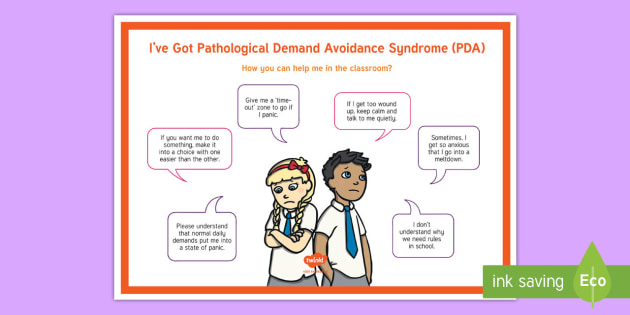

Storms can be especially scary for kids, but most grow out of these feelings as they age. Simply being a child can be a risk factor. Some people may be at increased risk for this phobia. What are the risk factors for astraphobia? Sights and sounds that are similar to thunder and lightning may also trigger symptoms. These symptoms can be triggered by a weather report, conversation, or sudden sound, such as a clap of thunder. The person may also understand that these feelings are overblown and irrational without the ability to curtail them. uncontrollable crying, particularly in children.the need to hide away from the storm, such as in a closet, bathroom, or under the bed.Other symptoms of astraphobia may include: These feelings can escalate into a full-blown panic attack, and include symptoms such as:

They may have feelings of panic, both before and during a storm. Even though the chances of getting hit by lightning are slim, these actions represent an appropriate response to a potentially dangerous situation.Ī person with astraphobia will have a reaction that goes beyond these seemingly appropriate acts. Or if you find yourself in a lightning storm, you may seek shelter or move away from tall trees. In people without this phobia, news of an impending storm may lead you to cancel or relocate outdoor plans.


 0 kommentar(er)
0 kommentar(er)
